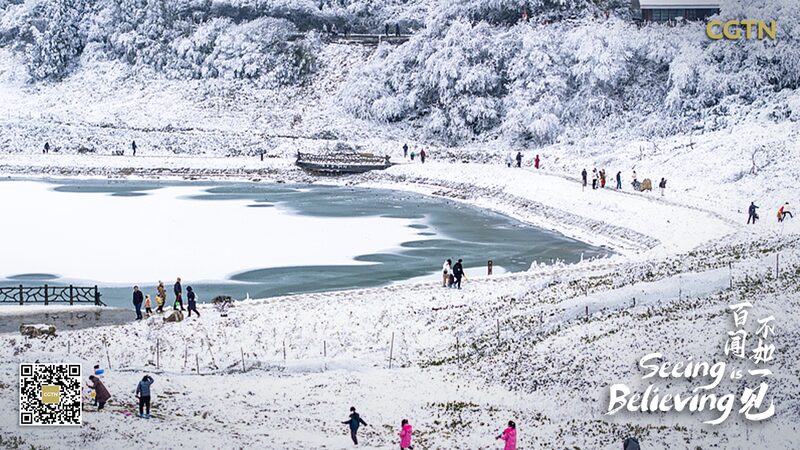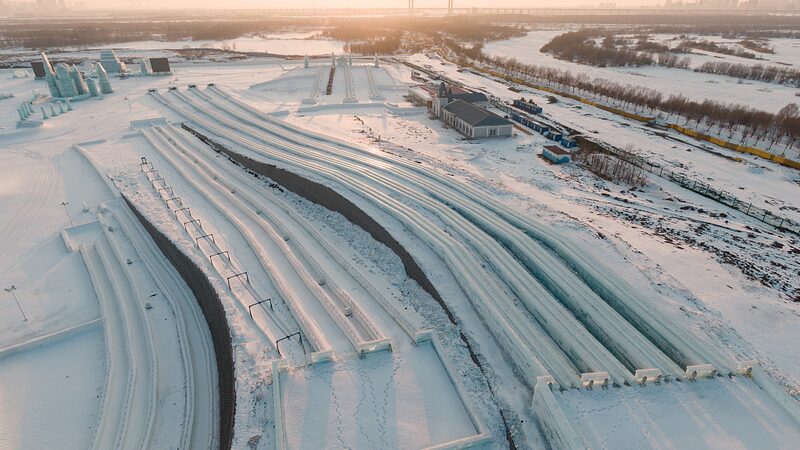In recent years, the Chinese mainland has witnessed a remarkable surge in ice and snow sports, transforming winter activities into a nationwide craze. Once confined to the northern regions, these sports are now captivating enthusiasts across the country, turning icy terrains into economic hotbeds.
The growing popularity begs the question: What is fueling this widespread interest? Industry insiders point to several factors. Increased investment in winter sports infrastructure has made facilities more accessible to the public. Additionally, a rising middle class with disposable income is eager to explore new recreational activities, and winter sports offer an exhilarating option.
Moreover, the expansion of ice sports beyond the traditional strongholds in northern China signifies a strategic push to diversify local economies. Southern provinces are now home to state-of-the-art ice rinks and ski resorts, attracting tourists and boosting regional development.
However, this rapid growth presents both challenges and opportunities. Ensuring sustainable development requires addressing environmental concerns, such as energy consumption and ecological impact. There’s also a need for professional training programs to cultivate local talent and meet the industry’s demand for skilled personnel.
As the industry heats up, stakeholders are keen to explore these dynamics further. In the latest episode of Groundbreakers, experts delve into the forces driving China’s winter sports boom and discuss its future trajectory. Their insights shed light on how ice and snow sports are not only reshaping leisure activities but also contributing significantly to economic growth.
Reference(s):
cgtn.com








